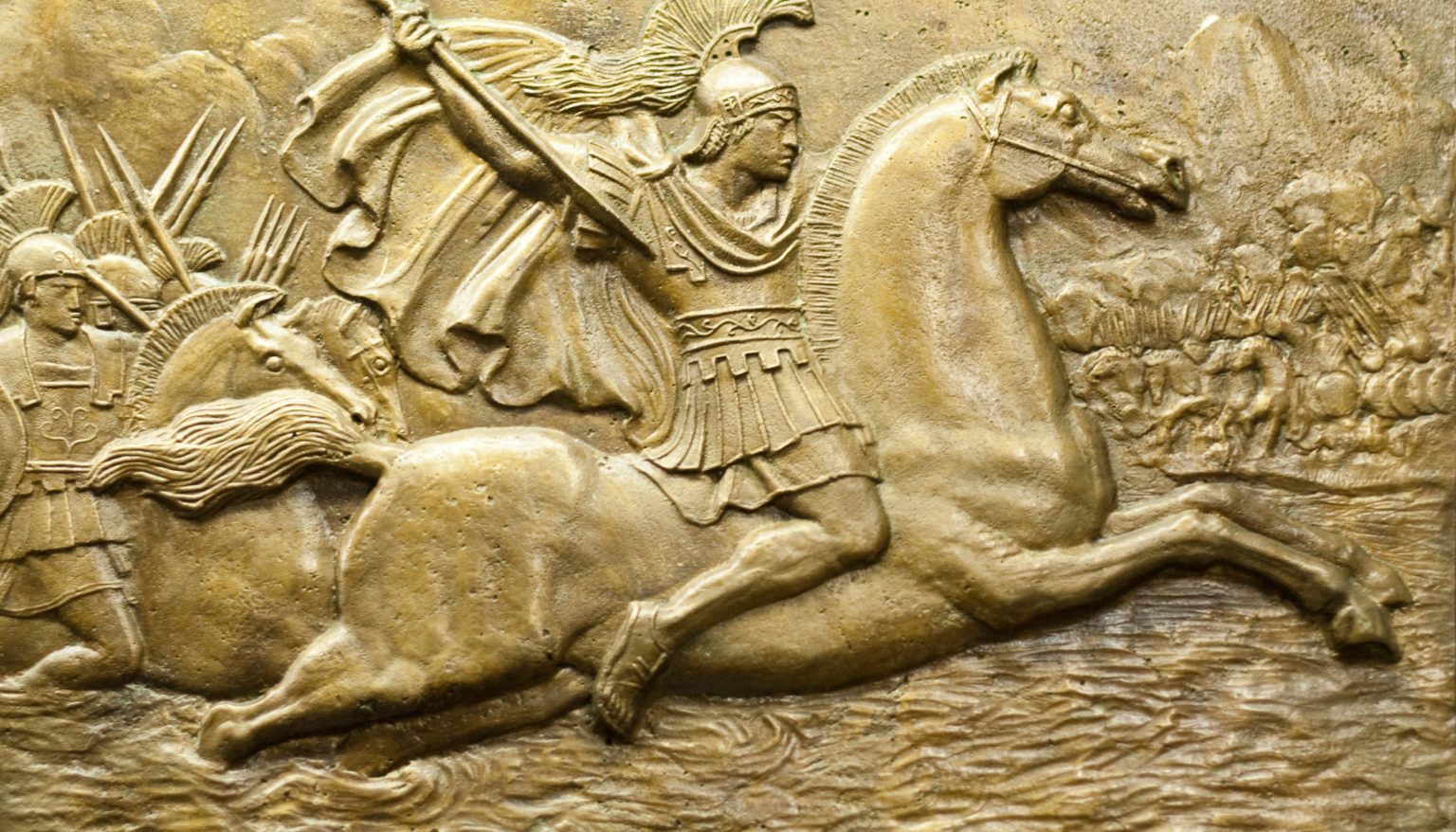Just As Mysterious As Alexander The Great’s Death Is The Location Of His Final Resting Place

At the age of 32, the famed Macedonian king Alexander the Great died in Babylon in 323 B.C.E. Shortly after his death, his impressive empire, which stretched from the Balkans to modern-day Pakistan, collapsed as officials fought for control. His empire was one of the largest in the ancient world.
To this day, the cause of his demise is unclear. He may have died from an illness or from being poisoned.
Just as mysterious as his death is the location of his final resting place. Based on ancient documents, experts know that Alexander the Great was initially buried in Memphis, Egypt, on the order of one of his generals, Ptolemy I Soter, in 321 B.C.E.
By 300 B.C.E., his tomb was moved to an unknown location. According to historical documents, it is likely that his body was brought to another tomb built in Alexandria, Egypt. However, experts don’t know where this tomb is.
“The location of the tomb could now be underwater—[the ancient Greek historian] Strabo indicates that it was in the ‘palaces district,’ part of which is certainly underwater now.
But it could have been further inland—the sources don’t allow us to be certain about this,” said Chris Naunton, the director of the Robert Anderson Research Charitable Trust in the United Kingdom.
Generally, historians agree that the ancient king was buried in Alexandria. His tomb became a place of worship there.
It managed to survive through a period of earthquakes and rising sea levels. But after all this time, it’s possible that its remains may be unidentifiable. There is very little information about what the tomb looked like.
Although Alexander the Great’s final resting place continues to be a mystery, two surviving areas where his body may have been placed for a time could provide some clues to the true location of his remains.
Brigida Soriano – stock.adobe.com – illustrative purposes only
Sign up for Chip Chick’s newsletter and get stories like this delivered to your inbox.
One is an alabaster tomb in eastern Alexandria. No inscription is found on the tomb, but Alexander’s body may have been kept in it when he was first brought to Alexandria.
It appears to date back to around the 3rd century B.C., and some parts of its design resemble other tombs from ancient Macedonia.
Additionally, there is a theory involving the pharaoh Nectanbo II, who was forced to flee Egypt when the Persians invaded around 343 B.C.E.
A funerary complex was constructed for him, and it is believed that it held Alexander’s tomb. Nectanbo II’s sarcophagus is now housed at the British Museum in London.
Evidence, in the form of a piece of masonry, seems to support the theory. The masonry piece was found in St. Mark’s Basilica in Venice, Italy, and it matched the dimensions of Nectanbo II’s sarcophagus.
The disappearance of Alexander’s body and the appearance of St. Mark’s tomb occurred at the same time.
So, Andrew Chugg, an independent researcher, posits that Alexander’s body was stolen by Venetian merchants who thought it was St Mark’s.
Experts are getting closer and closer to solving the puzzle. Perhaps Alexander’s final tomb will be found after all.
Welcome to Billionaire Club Co LLC, your gateway to a brand-new social media experience! Sign up today and dive into over 10,000 fresh daily articles and videos curated just for your enjoyment. Enjoy the ad free experience, unlimited content interactions, and get that coveted blue check verification—all for just $1 a month!
Account Frozen
Your account is frozen. You can still view content but cannot interact with it.
Please go to your settings to update your account status.
Open Profile Settings